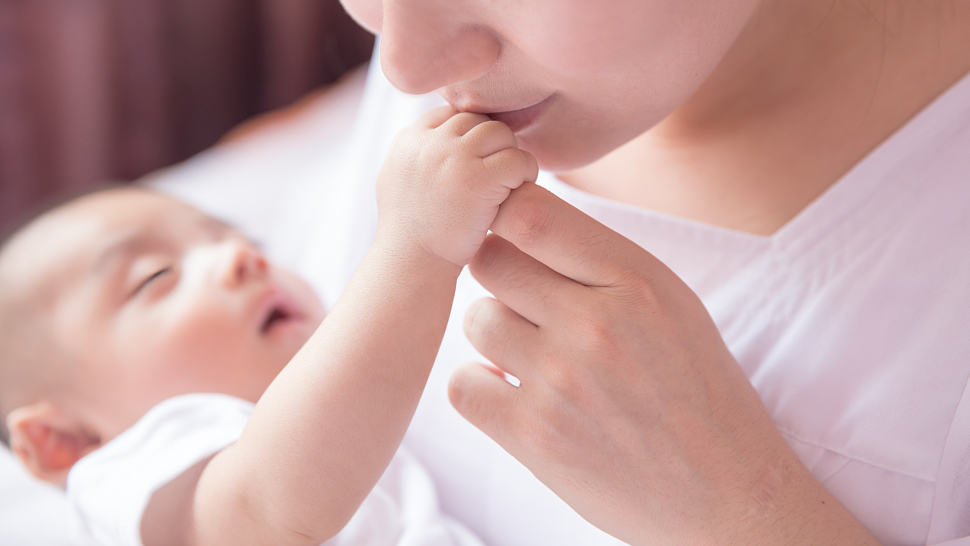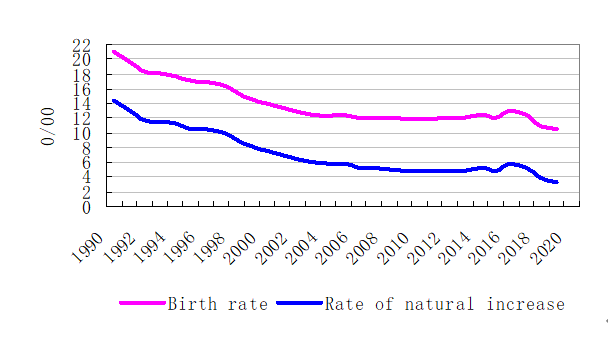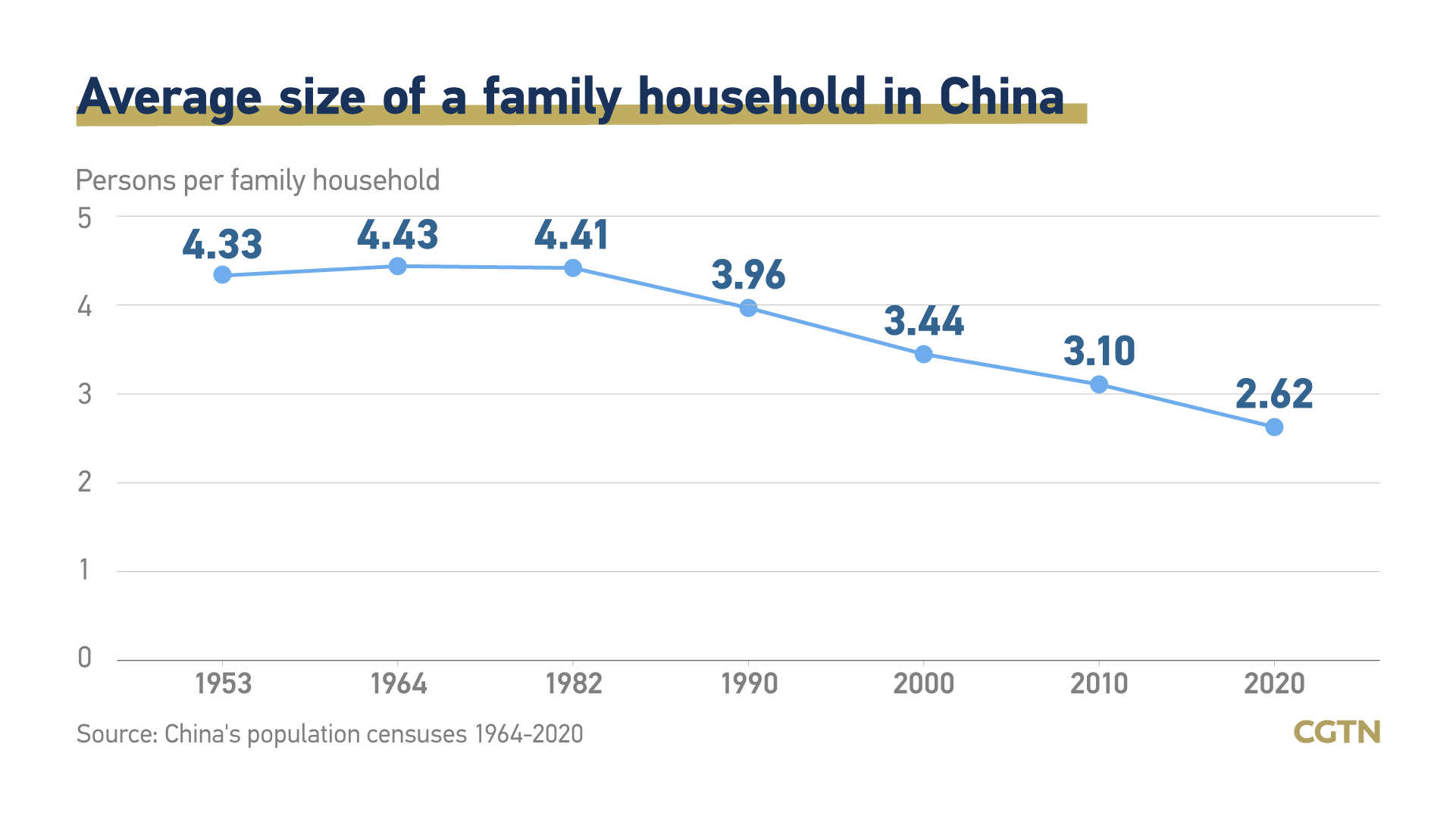00:34

China has officially further relaxed its family planning policy, supporting couples that wish to have a third child, it was decided at a meeting of the Political Bureau of Communist Party of China (CPC) Central Committee held on Monday.
At the meeting, chaired by Chinese President Xi Jinping who is also the general secretary of the CPC, reports on major policy measures to actively address the aging of the population during the 14th Five-Year Plan period (2021-2025) were reviewed.
The policy shift came not long after China's once-in-a-decade census, data from which showed a decline in births in the world's most populous country. Per the census, Chinese population grew at its slowest rate during the last decade since the 1950s.
In 2016, China annulled the one-child policy, which had been imposed to halt a population explosion in 1982, replacing it with a two-child limit.
It was acknowledged at the meeting that despite the two-child policy achieving positive results, the aging of the population in China has deepened in recent years.
Thus, it was determined that further optimizing the childbirth policy and implementing the policy to allow couples to have three children with supportive measures will help improve China's population structure, actively respond to the aging population and preserve the country's human resource advantages.
The key difference between the two-child limit, which failed to reverse China's birth rate due to the high cost of raising children for urban couples, and the new third-child policy is that the government now pays more attention to support couples to have more kids – the new childbirth rate policy will come along with inclusive supportive measures, Wei Nanzhi, research fellow from Institute of American Studies, Chinese Academy of Social Science, told CGTN.
Complementary measures
At the meeting it was decided that all levels of government should implement complementary policies in supporting families that follow the new childbirth policy, with integrated consideration in marriage, childbirth, parenting and education.
Measures will be taken to promote marriage and family values among marriage-age young people and govern improper social marriage customs such as costly betrothal gifts, it was determined at the meeting.
Other complementary measures include improving the prenatal and postnatal care services, childcare service system and education equity with the supply of high-quality educational resources, and reducing family education expenditures.
The government will also enhance tax and housing policies, and protect the legal rights of women in employment.
Slower population growth
The rate of natural increase of China's population was about 2.7 percent in the late 1960s. After its population peaked in 1962, the country started a discussion about controlling the size of the population to avoid its then-weak economy becoming overburdened.
In 1982, the one-child policy was inserted into the country's Constitution, which proved to be effective as the rate of natural increase dropped to below one percent in 1998.

National Bureau of Statistics
National Bureau of Statistics
According to the seventh national population census released by China recently, the average annual rate of natural increase in a 10-year period during 2010 to 2020 saw a 0.04 percentage point decline from the rate recorded in the previous national census released in 2010, at 0.53 percent.
The 2020 census is likely to be the last to show China's population growing this century, according to Zheng Zhenzhen, a professor at the Institute of Population and Labor Economics of Chinese Academy of Social Sciences.
Smaller size of family households
Meanwhile, China's total fertility rate, the average number of children born to a woman over her lifetime, has stayed at 1.6 or lower in the 21st century.
Based on the latest survey, the number has dropped to 1.3, but slightly higher than 1.18 in the sixth census, which can be attributed to the easing of the birth control policy in 2011 that allowed families to have a second child.
At first, couples who were only children themselves could have a second child. Then the policy was extended in 2016 to cover all couples regardless of whether they had siblings.
The number of newborns rose to 17.86 million in 2016, the peak since 2000, but the number slipped to 12 million in 2020.

The decline in the number of newborns has led to the smaller size of family households, with the average size of a family household for the first time falling below 3, at 2.62 persons in 2020.
Meanwhile, the structural change of the population, namely, population aging, has also been triggered. The latest data showed an increase in the share of the population aged above 65 years old from 8.9 percent in 2010 to 13.5 percent in 2020.
Read more:
Six takeaways from China's seventh national population census
What's behind China's declining birth rate?
What can we learn from China's 2020 Census?
Elderly make up 18.7% of Chinese mainland's population: 2020 census

